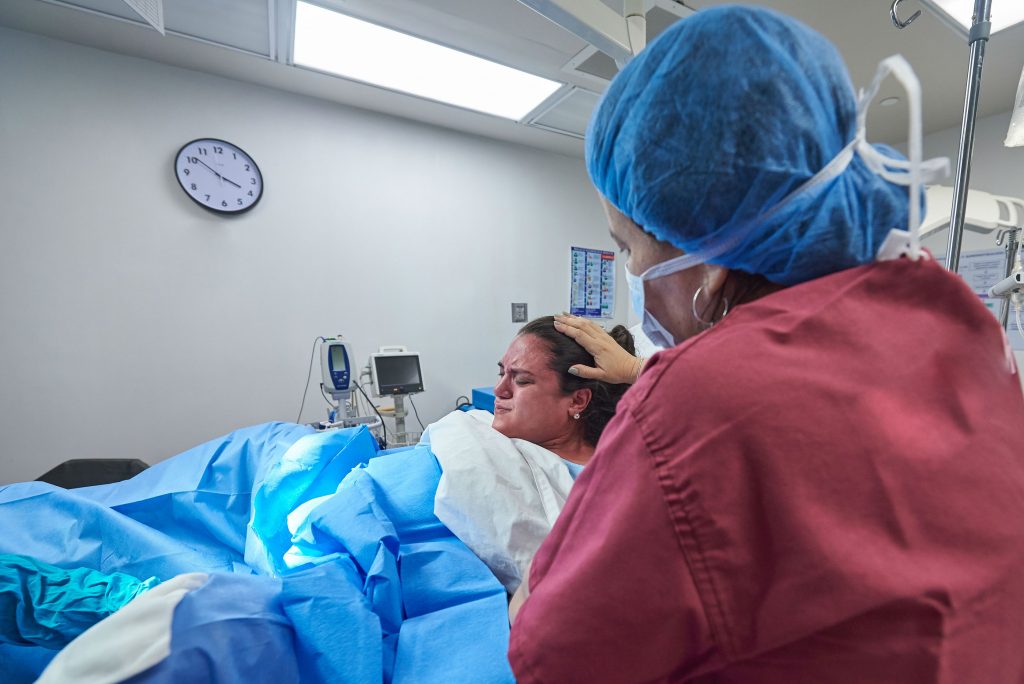In 2018, US News & World Report stated that the United States was the most dangerous developed country in which to be a woman giving birth. This was the result of a USA Today investigation, which also came to the conclusion that about half of the deaths and half of the injuries they found during their investigation could have been reduced or prevented had the mothers in question received better care during labor and delivery. If you are seeking a birth injury lawyer, you are not alone on your journey. Many other people are facing similar issues to you.

General data about birth injury
Out of every one thousand infants born in the United States, between six and eight of them are born with a birth injury. This statistic translates to about one in every 9.714 people born with some form of birth injury.
This information suggests that about 280,000 people every year are born with a birth injury. To further break that number down, that means about 2,333 every month, 538 every week, 76 every day, and 3 every hour.
Most common birth injuries
Here is a list of the most common birth injuries that occur in United States hospitals.
- Erb’s Palsy (Brachial Plexus Palsy)
- Bone fractures
- Cephalohematoma
- Perinatal asphyxia
- Caput succedaneum
- Intracranial hemorrhage
- Facial paralysis
- Subconjunctival hemorrhage
- Spinal cord injuries
- Cerebral palsy
Birth injury data involving mothers

Mothers who undergo birthing tool-assisted deliveries who are between the ages of 25 and 34 have the highest rate of birth injuries. The lowest rate of birth injury for women undergoing birthing tool-assisted deliveries occurs in mothers who are between the ages of 40 and 54.
The level of birth injuries for mothers who are delivering vaginally without the assistance of instruments is highest for mothers between the ages of 25 and 29.
Injury rates stemming from trauma during births involving cesarean sections were shown to increase with the age of the mother between the years of 2000 and 2006, although many view cesarean section as the safest form of delivery. This data also shows that mothers using Medicaid or who were uninsured were less likely to experience birth injuries than mothers who were using private insurance.
Racial and regional effects
This same dataset also suggests that Black and Hispanic mothers experience lower rates of birth injuries when compared to the rates of Asian-Pacific Islander and white mothers.
However, more recent data suggest that Black women in America are three times more likely than white women to die from pregnancy-related causes. This discrepancy in the data may be to a lack of reporting of birth injury or simply a lack of attentiveness from the people collecting this earlier data. It is harder to quantify the hypothesis that many more black women than white women felt disrespected and brushed off during their labor and delivery process, but it is widely suspected this is the case.
More recent CDC data shows that Black babies are dying at a higher rate than any other major race present in America, with 11.4 deaths on average for every 1,000 babies that are born.
Mothers in rural areas tend to experience 33% more birth injuries than mothers giving birth in urban environments on the whole. However, the Northeast United States has from 24 to 32% more birth injuries than the regions of the West, South, and Midwest. This number includes both birth injuries inflicted on the newborns and trauma inflicted on mothers.
Final thoughts
Around 50% of birth injuries are preventable, so do your best to make sure you are getting the highest quality care possible. If you believe that you or your newborn is the victim of a birth injury, consider consulting with a birth injury lawyer who has the experience and skills necessary to help you get the compensation and justice that your deserve.